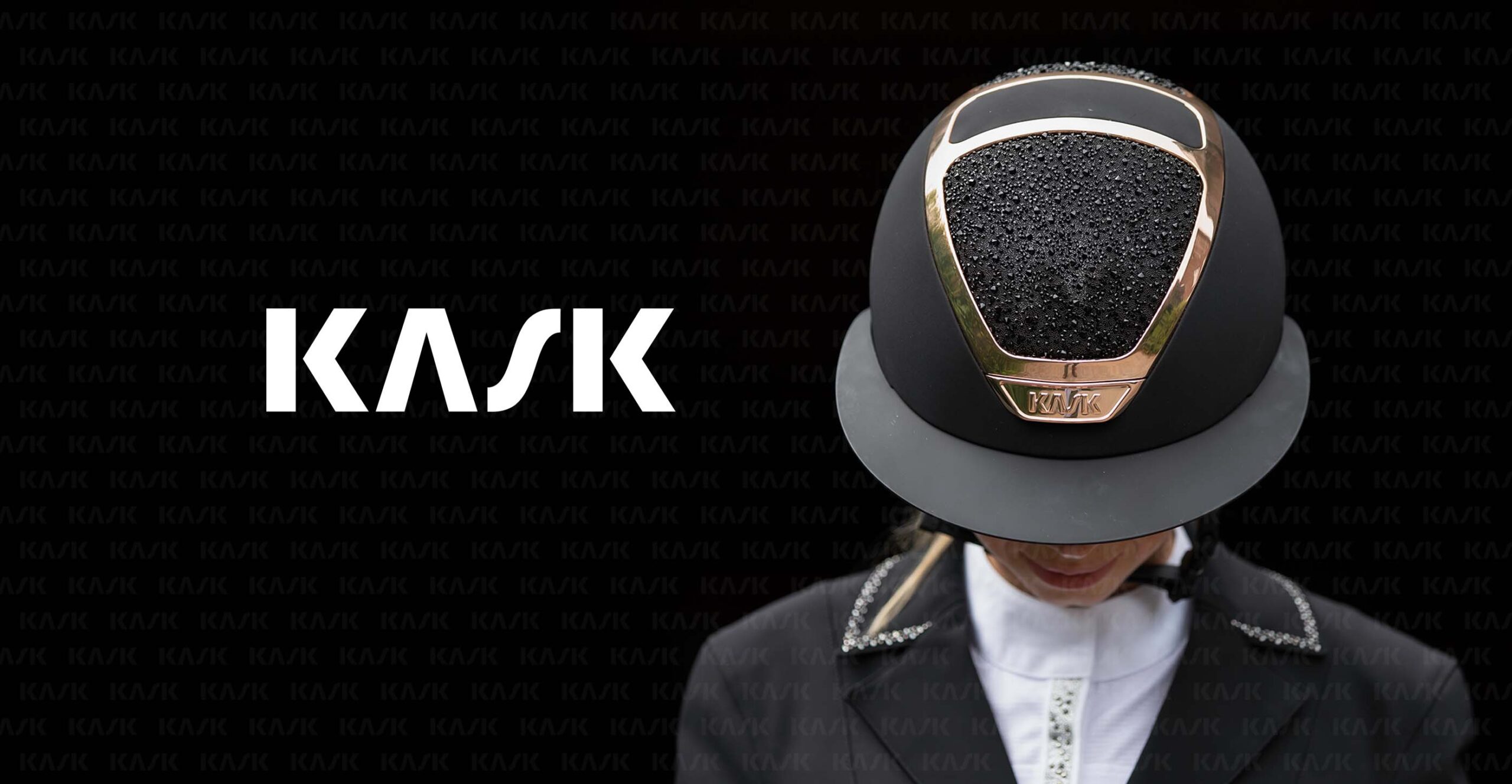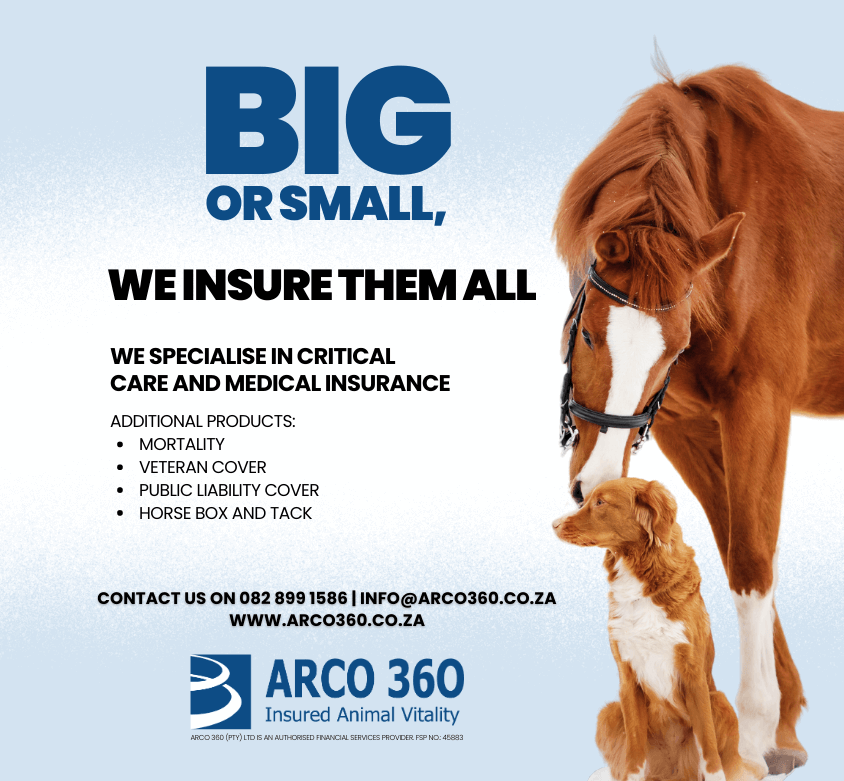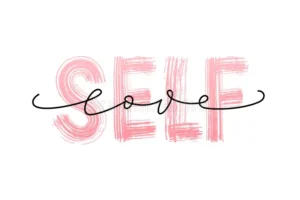Ageing is an inevitable and unavoidable part of life that is neither fun nor easy. Harder still is watching those you love age….including your horses and pets. But there are ways we can make this process easier.
With both horses and humans, energy, strength and flexibility diminish gradually as does the body’s ability to handle stress and infection. Activity will become more difficult and less pleasurable and sadly injury and illness can occur more easily and might be harder to overcome. Every horse ages differently, and while these signs might be readily evident in some long-in-the-tooth steeds, they might be invisible in others.
In horses, advancing age can usher in a host of troubles from arthritis to respiratory problems. The late teens—ages 18 to 20—are generally said to mark the start of old age for a horse. But age, as the saying goes, is just a number. If your beloved steed shows signs of physical deterioration or health problems, weight loss, arthritis, dental issues, colic or respiratory difficulties, certain changes need to be made to assist with the aging process.
Feeding and Dental Care
While age alone doesn’t change a horses dietary needs, conditions that may come with age can. Parasites can leave the intestinal lining scarred and affect nutrient absorption. Regular stool samples should be sent to your vet for microscopic faecal egg count assessment, rather than simply deworming randomly. Know what parasites you are dealing with.
Physical problems from tooth wear to endocrine disorders may dictate changes in a horse’s diet. If you see a change, such as a drop in weight, look for the cause instead of just assuming it’s because he’s old. Weight loss may be because his teeth need attention, making it hard for him to chew. Make sure to book regular check-ups with your Equine dental surgeon to keep aging teeth in the best possible condition for chewing and absorption of the food in the intestine.
There are numerous specialised feeds for senior horses but be sure to discuss changes with your vet or feeding specialist before changing the diet. Colic’s are often fatal in senior horses due to sudden dramatic changes in feeding schemes. Slow and gradual changes are suggested.
Respiratory Health
Staying outside serves many purposes for older horses. It is especially important for horses with respiratory problems, like heaves, which are common in seniors. It is advisable to remove all horses from the barn (especially the seniors) when mucking out the boxes to avoid inhaling the dust particles stirred up from opening the bedding but also to avoid inhaling toxic ammonia fumes from the urine in the bedding.
Increased ventilation will also help to improve your horse’s respiratory health. No matter the season, consider providing more than adequate ventilation when you have a senior horse in the barn. It doesn’t take much to irritate a horse’s delicate respiratory system. Consider investing in a nebuliser to assist older equines. As simple a product as saline being nebulised will dramatically assist in keeping the airways and lungs moisturised and inflammation under control.
Joint Care
Lameness is the most common problem of older horses and often among the first signs of aging. Arthritis is frequently the underlying cause of the unsoundness and is often the result of wear and tear over time. Simply described, Arthritis is a combination of inflammation and degeneration of the tissues associated with a joint which make flexion and/or weight bearing painful.
Joint supplements offer the possibility of pain relief as do topical herbal ointments and in more severe cases, Legend [hyaluronate sodium] and intra-articular injections which can be used under Veterinary assessment.
Cryotherapy, or cold therapy, is effective for ongoing maintenance and rehabilitation and should be applied to horses’ legs routinely. Products such as Iceman were developed for this purpose and it not only aids in the temporary relief of pain caused by Arthritis, but it special formulation ensures that the active ingredients are absorbed through the skin to reach the point of inflammation.
Skin and eyes and feet
Sarcoids and melanomas
Melanomas and sarcoids are the most common skin tumours of the horse. More commonly seen on the aged horse, they usually develop on the more sensitive areas of the body, such as the inner thigh, belly, eyelids, udder, sheath and dock. Sarcoids often grow rapidly, frequently ulcerating and becoming infected. Notorious for recurring, early diagnosis and treatment of sarcoids is essential. Older horses, especially greys, should be inspected regularly for signs of skin nodules or growths and their development monitored with your vet.
Cataracts
A cataract is a cloudy opacity which forms in the lens. It can occur progressively in some horses as a symptom of old age and sight may be lost because of the cataract. The partially sighted horse requires careful management, being approached and handled with consideration.
Feet
Older horses require regular attention to their feet to ensure that the foot remains balanced and healthy. An unbalanced hoof that is allowed to grow too long between trimming, can put additional strain or distortion on the leg joints and exacerbate progressively degenerative conditions. Older feet can grow more slowly; be careful not to get caught out and let them get unbalanced.
Caring for an old horse is incredibly rewarding. Whether it is a quiet grooming session or a leisurely ride, or even just watching him doze in the sun, be sure to enjoy every moment along the way. Aging merely requires good husbandry and to keep in mind what your horses ‘normal’ is. Be ready to act if something goes wrong or seems unusual. Then simply enjoy time with your old friend.
















